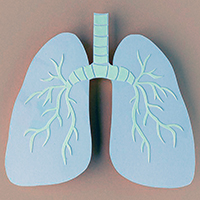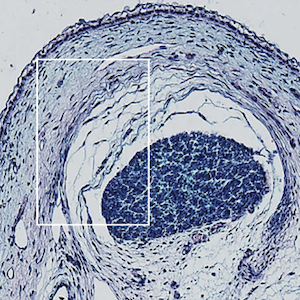Serum KL-6 as predictive and prognostic marker of interstitial lung disease in childhood connective tissue diseases: a pilot study

All claims expressed in this article are solely those of the authors and do not necessarily represent those of their affiliated organizations, or those of the publisher, the editors and the reviewers. Any product that may be evaluated in this article or claim that may be made by its manufacturer is not guaranteed or endorsed by the publisher.
Authors
This study was aimed to evaluate serum KL-6 levels to determine if this marker can be used for diagnosing and assessing severity of interstitial lung disease (ILD) in children with connective tissue disorders. In total, 40 patients [18 patients with juvenile systemic lupus erythematosus (JSLE), 10 patients with juvenile idiopathic arthritis (JIA), 8 patients with juvenile mixed connective tissue disease (JMCTD), 3 patients with juvenile systemic sclerosis (JSSc), and 1 patient with juvenile dermatomyositis (JDM)] and 20 healthy controls were included in this study. Age, sex, and duration of CTD and ILD (if any) were recorded. Blood samples from all the patients and controls were examined by ELISA. 20 of the 40 patients with CTD (50%) had ILD, 12 were mild and 8 were severe as assessed by spirometry. The median serum KL-6 level was 102.7 U/mL (76.1-180.8) in the CTD with severe ILD group, 72.2 U/mL (58.4- 100.5) in the CTD with mild ILD group, 56.7 U/mL (35.8-68.5) in the CTD without ILD group, and 52.3 U/mL (32.8-62.4) in the control group. KL-6 levels were significantly higher in the CTD with ILD (p<0.05), at a cutoff of 63.4 U/ml identified by ROC curve, serum KL-6 showed a sensitivity of 95.2% and specificity of 89.7%. KL-6 is a valuable biomarker for diagnostic purposes and to detect severity in ILD in childhood CTD.
PAGEPress has chosen to apply the Creative Commons Attribution NonCommercial 4.0 International License (CC BY-NC 4.0) to all manuscripts to be published.










